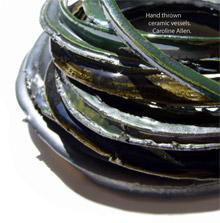Peter Bray (University of Oxford)
Creativity within the Bronze Age is quite rightly often associated with the astonishing metallic objects that we encounter. We commonly study artefacts that exist in the popular imagination as both archaeological objects and works of art. However, there is a fascinating history of creativity hidden within the more mundane Early Bronze Age objects such as the hundreds of axe heads recovered from Britain and Ireland. This creativity is not (just) in their shape or decoration, but in the remarkable way that metal users managed to manipulate the available raw materials to create colours, mechanical properties and lustres. These properties of the axes were gradually altered during the 700 years of tin-bronze use from 2200 to 1500 B.C. in response to social pressures. Remarkably this was done despite the amount of tin available to most areas of Britain remaining steady. This paper combines archaeological, chemical and material science approaches to summarise this sustained period of creative accounting and technological innovation.


